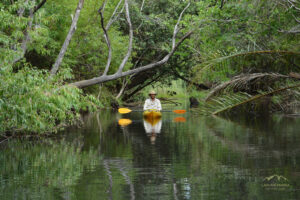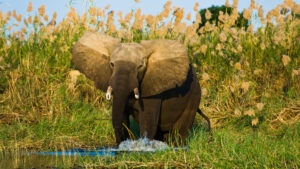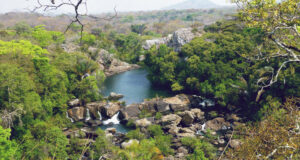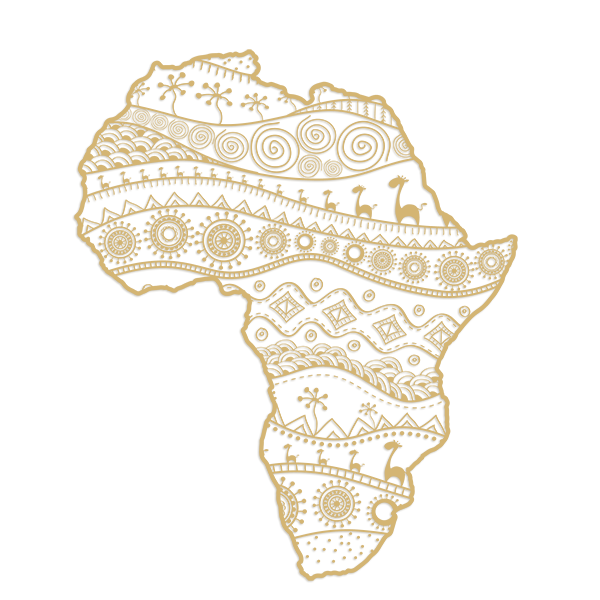
- Profile
- Tour Operators
- Accommodation
- prev
- next
- Get directions
- Bookmark
- Share
- Become an influencer
- prev
- next
Overview
As one of the three national parks in Chad, Manda National Park protects a relatively well-preserved stretch of Sudanian savanna ecosystem. Manda constitutes one of the last wildlife refuges in the Middle-Chari region of Chad, but the increasing pressure on natural resources in the surrounding landscapes is threatening the integrity of the park.
Established in 1965, Manda National Park is located in south-central Chad, northwest of Sarh. The park covers about 120 sq km of wooded savanna, woodland, and grassy floodplain. It is bounded on the southwest by the Sarh–N’Djamena road and on the northeast by the Chari River. Rainfall that usually starts in late April causes seasonal flooding by the Chari.
Manda National Park is isolated from most other protected areas, which makes it difficult for wildlife to migrate from the park to other suitable habitats. However, one nearby protected area is the Djoli-Kéra Forest Reserve, a vast unbroken area of Sudanian savannas and woodland. Manda National Park was initially created for the protection of Derby’s eland, but like the African elephant, this species disappeared from the park at the end of 1980s. However, hippopotamuses are still found in the Chari River and small populations of African buffalo, roan antelopes, and a few species of primates persist in Manda National Park (UICN/PACO, 2006).
A comparison of satellite images from 1986 and 2013 shows the growing pressure on the land surrounding Manda National Park and the Djoli-Kéra Forest Reserve. According to the land cover maps, the landscape was dominated by savanna and woodland in 1975 — agriculture was not well-developed and covered less than 10 percent of the area. Several areas burned by seasonal wildfires are visible across the savanna landscape in the 1986 satellite imagery (dark patches), including parts of Manda National Park. By 2013, cropland covered about 30 percent of the area around the park and the forest reserve. The progression of agriculture came from the west and, so far, has not expanded much east of the Chari River.
Recent interviews conducted among local farmers and local stakeholders by the Centre National d’Appui à la Recherche (CNAR – National Center for Research) indicate that cropland expansion is not only related to the growing population and the associated need to produce more food, but also to land deterioration. Poor land management and recurrent wildfires led to soil deterioration and reduced agricultural yield. As a result, farmers have been searching for new, fertile land, such as the surroundings of Manda National Park and Djoli-Kéra Forest Reserve. In addition, farmers have been shifting to more lucrative activities, such as timber commercialization or charcoal production (Nougagombe and others, 2012).
Another growing pressure on the land resources in this area is livestock grazing. In recent years, herders have brought their livestock into the park during their seasonal migrations to avoid drought conditions farther north, or because their traditional pasture lands were flooded during the rainy season. Local informants blamed herders for lopping branches to create fences and deliberately setting fires in the savannas to promote early greening and better access to grass shoots. The presence of herders in the park has been the source of several conflicts with farmers and park guards (Nougagombe and others, 2012).
Satellite images show vegetation cover within the park to be relatively stable, but local inhabitants have witnessed a decrease in biodiversity and wildlife populations due to habitat deterioration and heavy poaching.
Past
Recent
High Resolution Download High Resolution Download
Related Case Studies
Yamba Berté Forest Reserve
The increasing pressure on natural resources around Manda National Park
Location
-
Balimba, Moyen-Chari, Chad
Vital Park Information
Chad
1 140 km²
Chad has one of the lowest rates of access to safe drinking water and sanitation services in the world. While access to safe water and sanitation is improving in urban areas, children in rural areas are almost always at risk from these water and sanitation-related disease
CFA franc, Central African CFA franc
